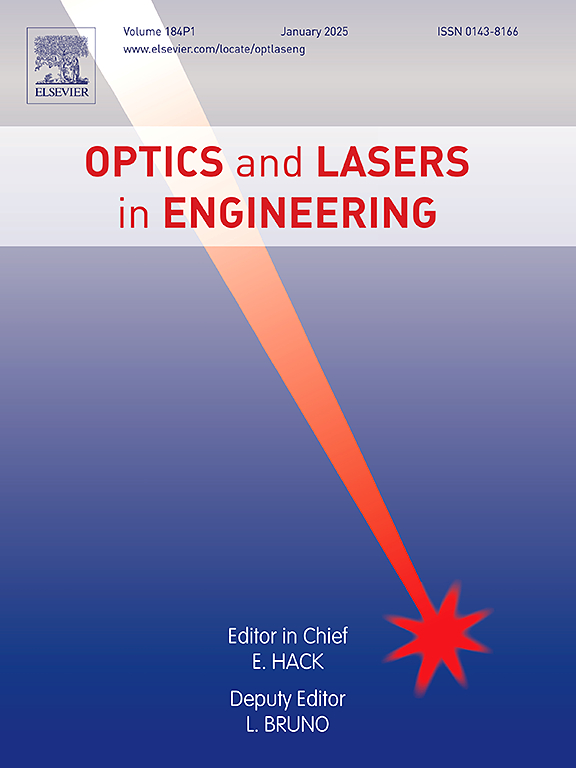Enhanced multi-distance phase retrieval using alternating amplitude constraint
IF 3.5
2区 工程技术
Q2 OPTICS
引用次数: 0
Abstract
Multi-distance computational imaging has garnered widespread attention due to its simple configuration and ability to achieve quantitative phase imaging. Phase retrieval is the core of this imaging technology, and the single-beam multiple-intensity reconstruction (SBMIR) is one of the most widely recognized multiple-distance phase retrieval algorithms. However, its strong constraint can easily cause the solution to be trapped in local minima during the reconstruction process. In this paper, a novel strategy for single-beam multiple-intensity reconstruction based on the alternating amplitude constraint (SBMIR-AC) is introduced. Instead of completely replacing the calculated amplitude with the measured amplitude, our approach preserves a portion of the calculated amplitude information during the iterations. This method weakens the stringency of the amplitude constraint and enables the retrieval algorithm to search in a larger space, thereby avoiding stagnation at local minima. The reconstruction performance is initially verified through simulation and then tested on three different samples. The results show that the suggested SBMIR-AC strategy can effectively improve the accuracy and stability of the retrieval algorithm while maintaining a satisfactory convergence speed. Its excellent capability and low computational complexity make it a promising technique for multi-distance phase retrieval.
求助全文
约1分钟内获得全文
求助全文
来源期刊

Optics and Lasers in Engineering
工程技术-光学
CiteScore
8.90
自引率
8.70%
发文量
384
审稿时长
42 days
期刊介绍:
Optics and Lasers in Engineering aims at providing an international forum for the interchange of information on the development of optical techniques and laser technology in engineering. Emphasis is placed on contributions targeted at the practical use of methods and devices, the development and enhancement of solutions and new theoretical concepts for experimental methods.
Optics and Lasers in Engineering reflects the main areas in which optical methods are being used and developed for an engineering environment. Manuscripts should offer clear evidence of novelty and significance. Papers focusing on parameter optimization or computational issues are not suitable. Similarly, papers focussed on an application rather than the optical method fall outside the journal''s scope. The scope of the journal is defined to include the following:
-Optical Metrology-
Optical Methods for 3D visualization and virtual engineering-
Optical Techniques for Microsystems-
Imaging, Microscopy and Adaptive Optics-
Computational Imaging-
Laser methods in manufacturing-
Integrated optical and photonic sensors-
Optics and Photonics in Life Science-
Hyperspectral and spectroscopic methods-
Infrared and Terahertz techniques
 求助内容:
求助内容: 应助结果提醒方式:
应助结果提醒方式:


